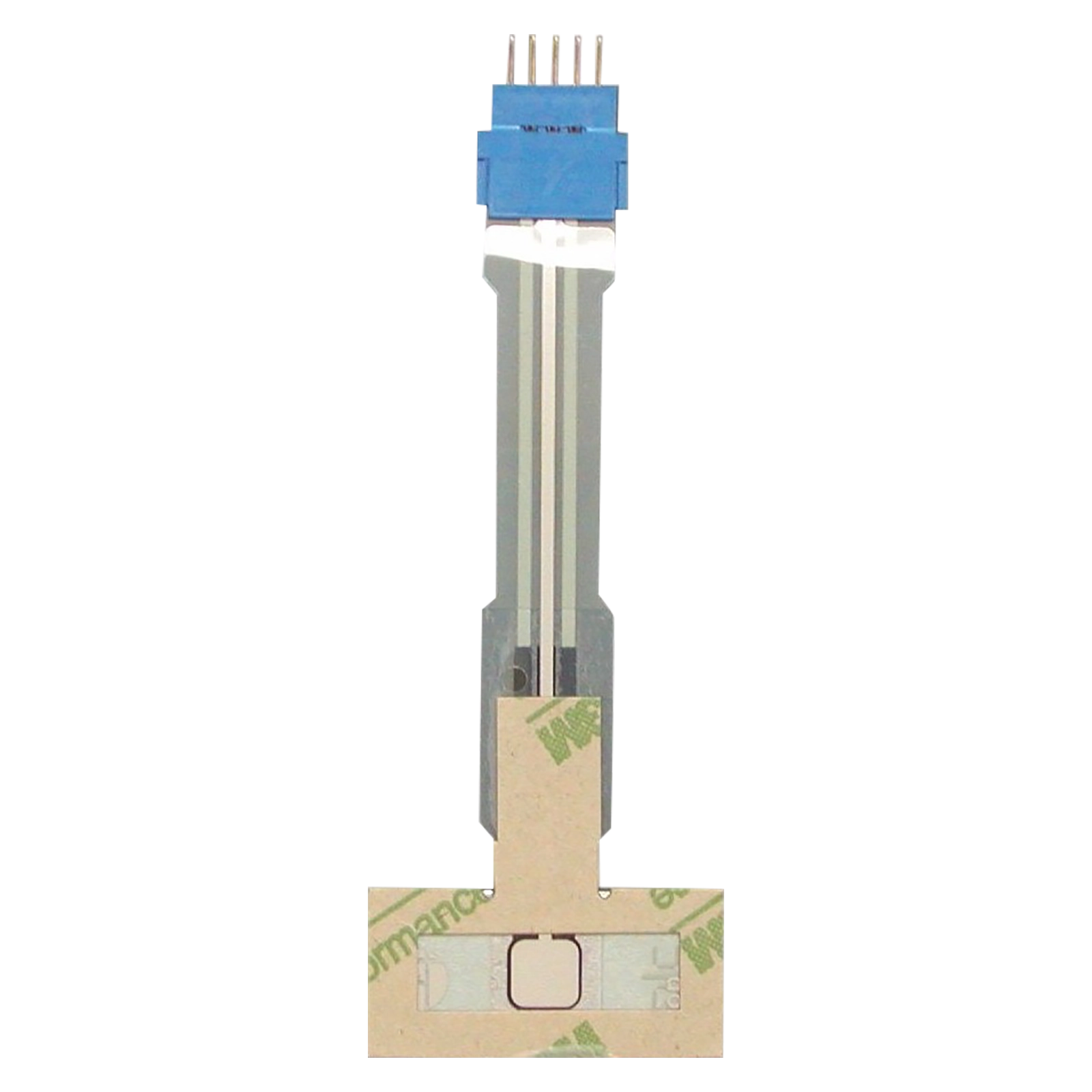How Membrane Switches Assist in the Success of Smart Home Devices
How Membrane Switches Assist in the Success of Smart Home Devices
Blog Article
Why Membrane Switches Are Important for Resilient Control Systems
Membrane layer buttons play a critical duty in making sure the sturdiness and reliability of control systems throughout various sectors. As we check out the complex advantages of membrane layer switches, it comes to be apparent that their value transcends plain functionality, affecting user experience and functional efficiency.
Review of Membrane Switches
Membrane layer buttons are flexible and trusted parts typically used in numerous digital control systems. The visuals overlay gives both useful and visual layout, while the spacer layer makes certain that the buttons are turned on just when pushed.
Membrane layer buttons are commonly favored in applications requiring a compact and lightweight layout, making them ideal for portable tools, clinical devices, and industrial machinery. They can be customized to fulfill details customer needs and can integrate numerous attributes such as backlighting, tactile comments, and numerous shades. Membrane switches are immune to dust, wetness, and contaminants, making them suitable for settings where toughness is necessary.
Advantages of Durability
In several applications, the toughness of membrane switches over offers significant benefits that enhance their total performance and reliability. These buttons are designed to hold up against extreme environments, making them excellent for use sought after conditions such as high moisture, extreme temperature levels, and exposure to chemicals. Their durable building aids to stop damage from physical influence, guaranteeing durable performance and decreasing the requirement for constant replacements.
In addition, membrane buttons are immune to use and tear, which is crucial in applications where regular communication occurs. This toughness translates to reduce upkeep costs, as organizations take advantage of lowered downtime and fewer solution disturbances. Additionally, the encapsulated style of membrane layer switches safeguards inner parts from dust and wetness access, more adding to their life expectancy.
An additional benefit is their ability to preserve constant efficiency with time. With a high resistance for mechanical stress, these switches protect their responsive responses and electric honesty, making certain user complete satisfaction. Eventually, the toughness of membrane layer switches over not just improves functional effectiveness yet additionally cultivates self-confidence in their integrity, making them a recommended selection for control systems throughout different markets.
Applications in Numerous Industries
Long lasting control systems utilizing membrane layer switches find comprehensive applications across a range of sectors, each profiting from the special qualities these switches provide. In the medical field, membrane layer buttons are important for gadgets such as individual screens and diagnostic tools, where integrity and simplicity of cleaning are critical. Their resistance to moisture and impurities guarantees they preserve functionality in clean and sterile settings.
The vehicle industry leverages membrane layer buttons for dashboard controls and infotainment systems, where they provide streamlined, low-profile interfaces that enhance customer experience. These buttons are also designed to hold up against severe conditions, consisting of exposure to severe temperature levels and vibrations.
In commercial settings, membrane layer switches are generally utilized in machinery control board, offering tactile feedback and toughness required for high-usage applications. Their capacity to resist chemicals makes them ideal for producing settings where spills and contaminants are constant.

Customer electronics, such as kitchen home appliances and push-button controls, additionally utilize membrane buttons for their versatility and cost-effectiveness. In general, the flexibility and durable nature of membrane switches make them vital throughout various industries, making certain reliable operation and longevity in control systems.
Style and Visual Allure
While capability is paramount, the design and aesthetic charm of control systems furnished with membrane layer buttons play an essential function in individual you can check here interaction and general experience (membrane switch). The aesthetic layout of these buttons can dramatically affect customer perception and interaction. A properly designed membrane button boosts the attractiveness of the device, making it more appealing to users and fostering a link in between the customer and the item
Membrane layer changes provide a lot of versatility in style, check out here allowing manufacturers to customize graphics, shades, and appearances to straighten with brand identity and product aesthetics. Using vivid shades and unique patterns can draw attention, while responsive comments can strengthen the user's communication with the gadget. Furthermore, the ability to incorporate LED signs and backlighting into the membrane button style provides both useful and visual benefits, boosting exposure and usability in numerous settings.

Enhancing Individual Experience

Moreover, membrane switches can be personalized to integrate visual user interfaces, boosting use by offering information in a clear and intuitive manner (membrane switch). This customization can include icons, labels, and color coding that guide users through complex performances easily. Furthermore, their adaptability permits for assimilation in numerous settings, making certain regular efficiency whether in commercial machinery or consumer electronics
The resilience of membrane switches additionally plays an essential duty in customer experience. By holding up against rough problems and extended use, these switches reduce the chance of system failings, therefore promoting reliability and customer self-confidence. Eventually, the tactical use membrane layer changes not only elevates capability however also significantly improves individual interaction with control systems, making them an important element in modern-day style.
Conclusion

Report this page